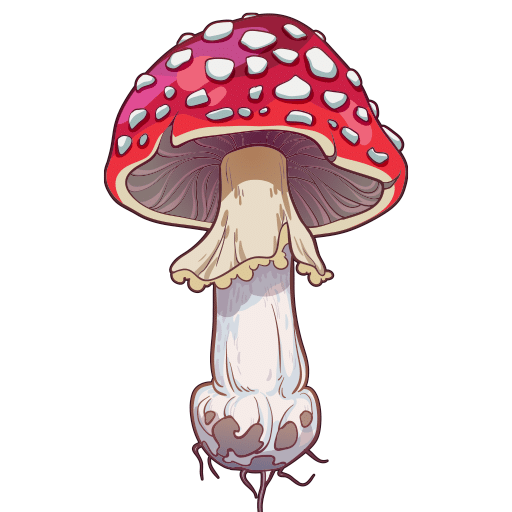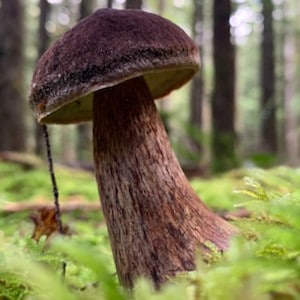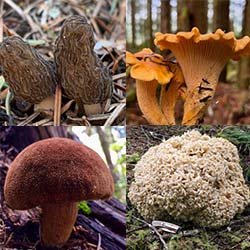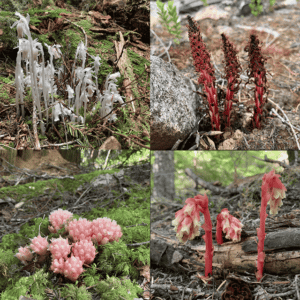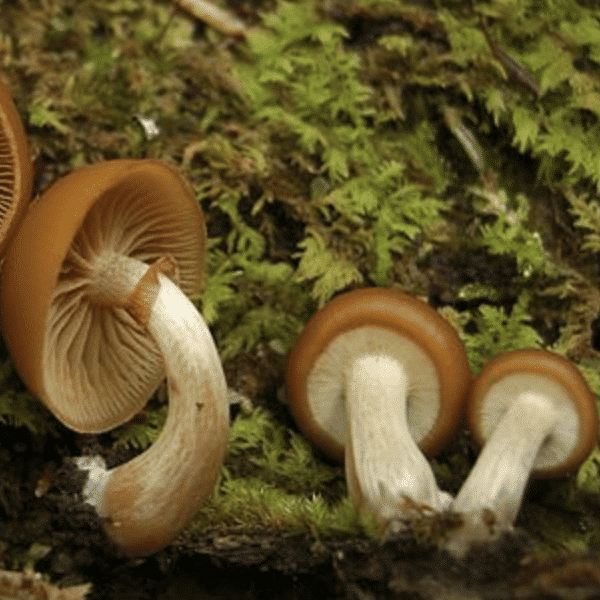Pacific Madrone Arbutus menziesii
Also known as madroño, or in Canada by its genus name, arbutus, the pacific madrone is most commonly found hanging over saltwater around the Puget Sound and other inlets. It’s presence however is in decline in these areas due to construction and land development that disturbs the natural irrigation that pacific madrones prefer.
This species of tree is continually shedding something, whether that be its leaves, flowers, berries, or papery bark that reveals a vibrant green color of inner bark.
Some deer and elk feast on pacific madrone sprouts, while the plentiful berries on the ends of upwards curved branches provide food for many animals such as birds, raccoons, bears, and fox.

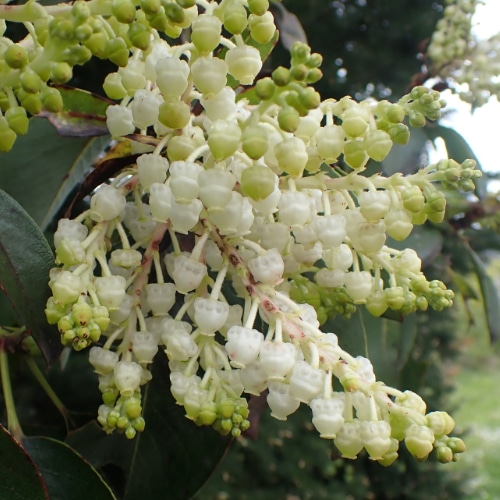
Flower
- White to pink
- Strong, sweet smell
- Shaped like an urn
- Grow in terminal clusters
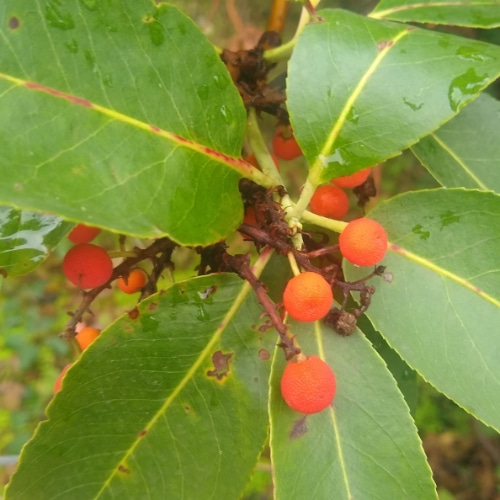
Fruit
- Orange-red
- Pea size
- Berry like
- Rough exterior
- Mealy pulp inside
- Small seeds
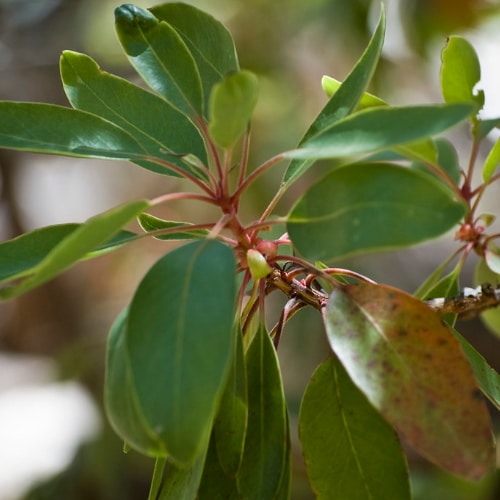
Leaves
- Elliptical shaped
- 3-5 inches long
- Thick
- Leathery
- Dark green on top
- Pale silvery green on bottom
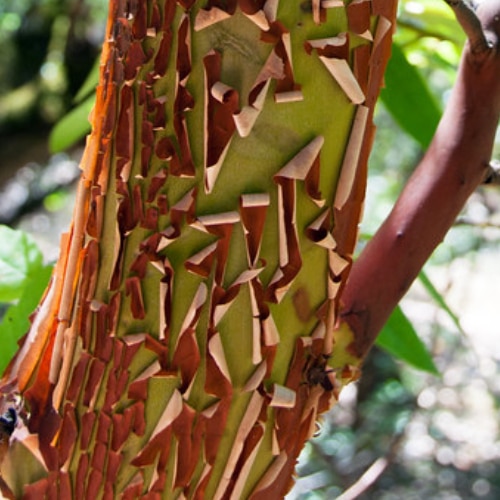
Bark
- Orange-brown or terra cotta
- Sheds paper thin strips
- Inner bark is chartreuse
- Bottom of trunk is brown with flakey grey scales
Did you know?
Enjoyed by many species, the berries of pacific madrone trees can be prepared and consumed by humans in a variety of ways.
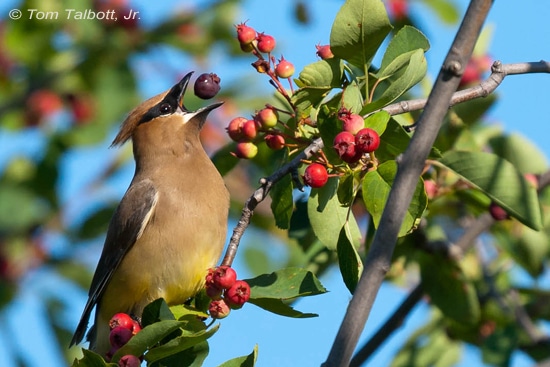

Where are the Pacific Madrones?
Public Domain: US Geological Survey
Popular Pages
Boletes
A selection of Pacific Northwest boletes
Mycoheterotrophs
Plants that depend on fungi for food
Poisonous Mushrooms
Many edible mushrooms can be poisonous, and many poisonous mushrooms can be edible.
Trees
Learn where to find, and how to identify the most common trees in the Pacific Northwest
